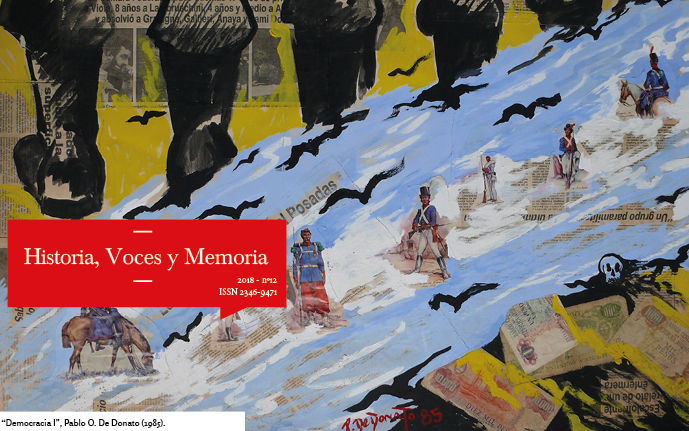Class, consciousness and working class culture in the Construction Worker's Strike of 1935-1936
Keywords:
Communist Party, strike, Trade Union of Bricklayers, Armed Concrete and Annexes
Abstract
On October 23rd, 1935, the Trade Union of Bricklayers, Armed Concrete and Annexes of Capital Federal began one of the largest strikes of the 1930s. For 94 days, more than 60,000 workers, organized by the Communist Party and with the support of the anarchist group Spartacus, sustained an arduous confrontation demanding better salary conditions and recognition of their union. The intransigence of the employers together with the little flexibility of the National Department of Labor and the solid resistance of the workers, led to the General Strike on January 7th and 8th, 1936. The present paper aims to analyze the strike described above as a manifestation of the dynamics and characteristics of the Argentine labor movement in a particular period of its formation (1930-1943) and the relationship that the industrial proletariat established with the Communist Party in the years prior to the arrival of Peronism.Downloads
Download data is not yet available.
Published
2018-12-10
How to Cite
de Donato Lozano, J. (2018). Class, consciousness and working class culture in the Construction Worker’s Strike of 1935-1936. Historia, Voces Y Memoria, (12), 49-61. https://doi.org/10.34096/hvm.n12.6240
Issue
Section
Artículos







